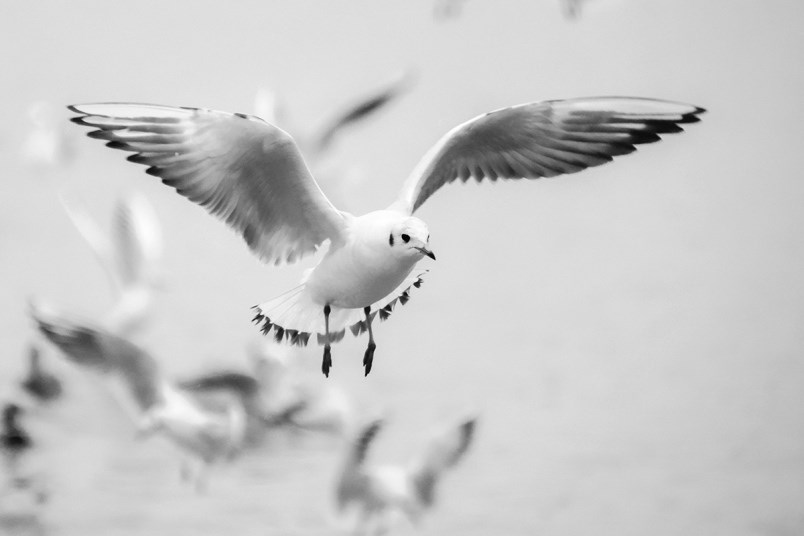Bird populations around the world are suffering significant declines from the well-known litany of causes: habitat loss (myriad of causes), agricultural expansion and intensification, climate change, hunting, pollution, pesticides (which reduce insect populations) etc. To counter the inexorable process of decline many governments and organisations have programs to ameliorate or help birds and other denizens of the natural world to cope. Thus, we have parks, ecological reserves, Old Growth reserves, riparian reserves, and mountains of regulations about this and that.
A less well-known designation is the Important Bird and Biodiversity Area (IBA) program. This worldwide program dates to the 1980s, came to Canada in 1996, and is administered by Nature Canada and Bird Studies Canada. There are now almost 600 designated areas in Canada. One of the most critically important IBAs is the Fraser River Estuary, which hosts millions of birds, both resident and migratory, and is of global significance.
BC Nature’s website states: Canada’s Important Bird and Biodiversity Areas Program is a science-based initiative to identify, conserve, and monitor a network of sites that provide essential habitat for Canada’s bird populations. Visit their website at https://bcnature.org/important-bird-biodiversity-areas/
The Sunshine Coast has one designated area, the White Islets-Mission Point IBA. White Islet is the bare rockpile visible 2-3 kilometres off the ts’ukw’um (Wilson Creek) area. It is treeless and virtually free of any vegetation but is home at various times of the year to thousands of birds and a colony of Steller’s sealions. It is a crucial day and night-time roosting spot for many Salish Sea species including cormorants, gulls, and shorebirds, and its surrounding waters are feeding locations for ducks, loons, cormorants and alcids. Mission Point, which is also the estuary of Chapman Creek, is included in the IBA legal designation because of the crucial linkage between it and White Islet, as hundreds of black turnstones, surfbirds and rock sandpipers commute daily (winter, spring and fall) between the two areas depending on the state of the tide. The birds forage in the barnacle-covered spray zone of White Islet at higher tides and visit Mission Point at lower tides, constantly flying back and forth between the two areas.
There are a number of conservation issues surrounding these two sites that warrant attention and perhaps action. At Mission Point the foraging bird flock should not be closely approached so that they take flight, and it is particularly galling to watch dogs chasing the birds. At White Islet the birds and sea-lions should not be disturbed, particularly by landing on the shore. An issue also arose recently with the presence of American duck hunters in the area. Surprisingly, it is not illegal to hunt ducks in an Important Bird Area!
To report your sightings or questions contact [email protected] or 885-5539. Good Birding.



